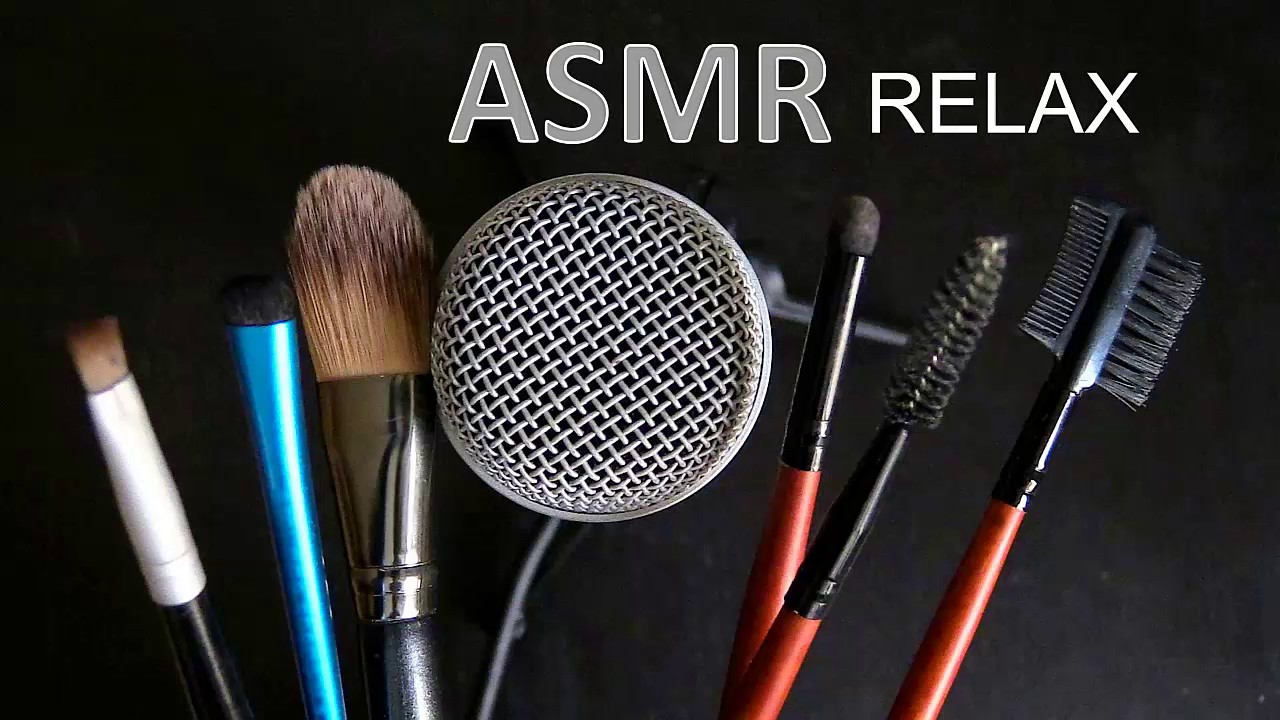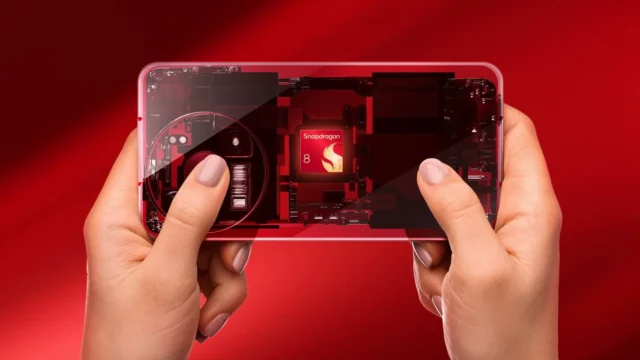A makeup brush swirling around a microphone, scissors gently cutting strings, someone whispering softly… Search for ASMR videos and you’ll find many enticing sounds. The ASMR phenomenon has been sweeping the internet since 2010. But why do we like these sounds?
And can ASMR videos make everyone happy?
Coined in 2010 by Jennifer Allen, ASMR is an automatic emotional state that is triggered by certain stimuli and reaches a peak. The tingling that starts at the beginning and spreads along the spine relaxes people after a while.
Psychologist Giulia Poerio from the University of Sussex said: “ASMR produces a sensation similar to the chills some people experience when listening to music. However, while music-induced chills increase your heart rate, ASMR lowers your heart rate and slows your breathing.
What is the ASMR trend? Why is it so common?
“ASMRtists” who whisper into microphones and tap their fingers on them are especially popular on YouTube. But Poerio says that in addition to auditory stimuli, tactile sensations, such as someone gently brushing your hair, can also trigger ASMR.
However, a whispering video or a relaxing touch alone is not enough to trigger ASMR. People need to feel calm and safe to experience this feeling. Physiologist Craig Richard from Shenandoah University in Virginia explained that ASMR creators manipulate this feeling.
When you look at the most popular ASMR videos, you’ll see that most people act as if they know you really well. It makes your brain feel relaxed to be approached positively by someone who knows you and with whom you feel comfortable.
In a 2018 study, scientists found that certain areas of the brain become more active when people experience ASMR. When people feel relaxation or tingling while watching ASMR videos, the medial prefrontal cortex region of the brain lights up.
This region performs many functions, such as processing and directing social behavior. Gentle touch and caring interactions are one of the main ASMR topics. The hormone oxytocin, a neurotransmitter associated with relaxation and social bonding, binds to receptors in the medial prefrontal cortex while watching videos and plays a role in the relaxation brought on by ASMR.
When study participants experienced brain tingles, the nucleus accumbens, another region of the brain that drives motivated behavior driven by reward and satisfaction, also lit up. They reasoned that although ASMR and music-induced chills may not feel exactly the same, they may occur via a similar pathway.
ASMR may have a neural basis related to how the brain is shaped and experiences during early development. Some research has found that people with certain personality traits, such as neuroticism or openness to new experiences, are more likely to experience ASMR.
However, they may not yet have found the right ASMR trigger for some people. Richard notes that some people need to watch 100 ASMR videos to find the trigger that works for them. However, some people may never experience ASMR while watching a video, but something in the real world can trigger the feeling.














